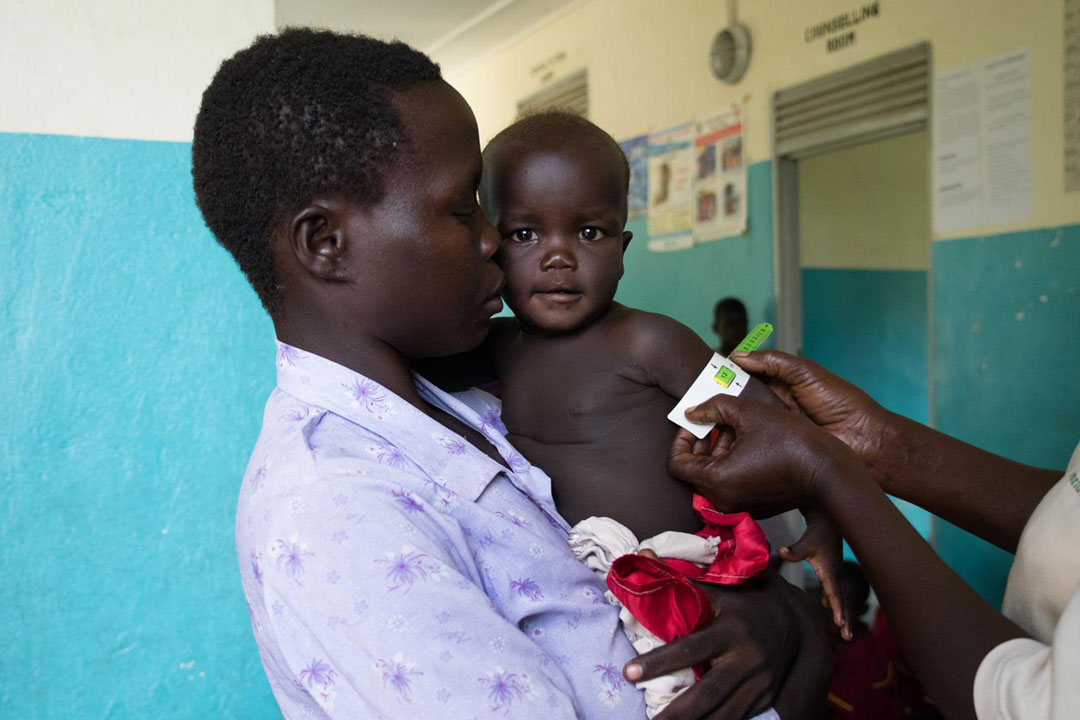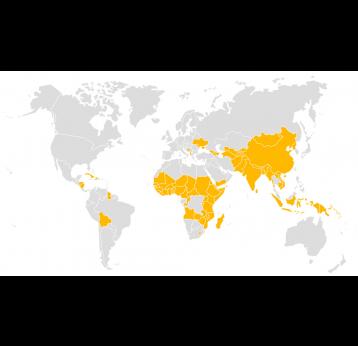EVALUATION OBJECTIVES
The evaluation aimed to evaluate the approach of the Uganda National Expanded Programme on Immunization (UNEPI) and partners in providing immunisation services in urban contexts and generate recommendations to inform development of the Uganda urban immunisation strategy.
The evaluation also aimed to generate evidence and learning from the Uganda context that could inform Alliance partners and other country Expanded Programmes on immunization (EPI) on how to best adjust strategies to address the unique characteristics of immunisation in an urban context.
It was conducted in Kampala city between June 2019 and July 2021. The evaluation focused on the drivers of immunisation coverage in Kampala city and the effect of COVID-19 pandemic and its control measures on immunisation service delivery in Kampala city.
METHODS
The evaluation was conducted in two phases. Phase one (June 2019–May 2020) focused on the demand side drivers of immunisation coverage in Kampala, and phase two (June 2020–July 2021) focused on the supply side drivers of immunisation coverage, the effect of COVID-19 pandemic and its control measures on immunisation service delivery in Kampala city.
In phase one, the evaluation used a parallel convergence mixed methods study design. IDRC conducted key informant interviews (KIIs), focus group discussions (FGDs), In-Depth Interviews (IDIs), and a household survey (HHS).
In phase two, the evaluation used a sequential transformative study design. IDRC focused on supply side drivers of immunisation coverage and how the EPI was adapting to immunisation demands in an urban setting. The evaluators conducted KIIs with health service providers, and a health facility assessment (HFA) in 87 health facilities that included 27 observations of immunisation sessions and 238 exit interviews. The HFA identified and measured supply side constraints to vaccination at health facility level. It also sought to understand the effects of the COVID-19 pandemic on immunisation service delivery.
Secondary data analysis and document review were conducted in both phases.
FINDINGS AND CONCLUSIONS
Click the dropdown arrows below to reveal findings and conclusions for each phase of the evaluation.




